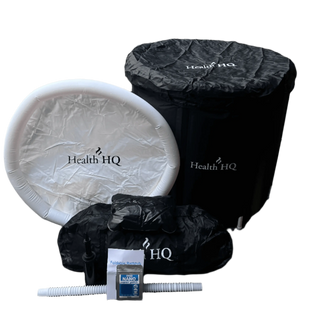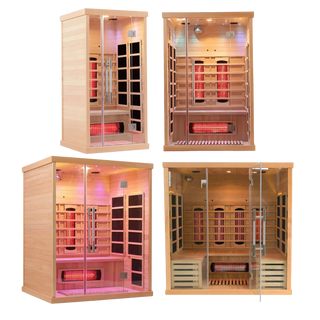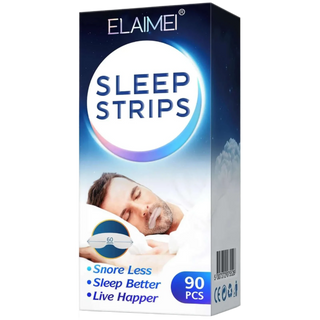Should I Use a Sauna Before or After a Workout? Balancing Recovery and Performance
Integrating a sauna into your fitness routine can offer a variety of benefits—from muscle relaxation to improved circulation. But one question that often arises is: Should you use a sauna before or after your workout? In this blog post, we’ll explore the pros and cons of both approaches to help you determine the best timing for your sauna sessions.
Using a Sauna Before a Workout
Potential Benefits:
-
Muscle Warm-Up: A brief session in the sauna can help warm your muscles and joints, potentially easing stiffness and reducing the risk of injury during your workout.
-
Mental Preparation: The quiet, meditative environment of a sauna might help you focus and mentally prepare for the upcoming physical challenge.
Considerations:
-
Dehydration Risk: Spending too much time in the heat before exercising can lead to dehydration. Since exercise already increases fluid loss through sweat, combining it with a sauna session might leave you short on hydration.
-
Lowered Performance: Pre-workout sauna use might cause slight fatigue or lower energy levels for some, as the body is already working to cool down from the heat exposure.
-
Duration and Timing: If you choose to use the sauna before your workout, keep the session short (around 5–10 minutes) to avoid excessive heat exposure that could impact your performance.
Using a Sauna After a Workout
Potential Benefits:
-
Enhanced Muscle Recovery: After a workout, your muscles can benefit from the increased blood flow and relaxation provided by a sauna session. This can help in reducing soreness and promoting faster recovery.
-
Detoxification: Sweating in the sauna post-exercise aids in flushing out toxins that build up during physical activity.
-
Stress Reduction: A sauna session after your workout can serve as a calming cooldown period, helping to lower stress levels and promote a sense of well-being.
Considerations:
-
Hydration Is Key: Since both exercise and sauna use can lead to significant fluid loss, it’s crucial to rehydrate after your workout and before—or immediately after—the sauna.
-
Cool Down First: Allow your body a few minutes to cool down from the intense workout before entering the sauna. This helps prevent overheating and gives your heart rate a chance to normalize.
-
Mindful Timing: Typically, a 10–15 minute sauna session after your workout can maximize the benefits without overtaxing your system.
Making the Best Choice for Your Routine
Personal Factors:
Ultimately, the decision of whether to use a sauna before or after a workout depends on your personal fitness goals, tolerance to heat, and overall schedule. Here are a few tips to guide your choice:
-
If You’re Looking to Warm Up: A short sauna session before your workout might help prepare your muscles, but be cautious about dehydration.
-
If You’re Focused on Recovery: Post-workout sauna use is generally more beneficial for muscle relaxation and recovery, making it a popular choice among athletes and fitness enthusiasts.
-
Experiment and Listen to Your Body: Everyone’s body responds differently. Experiment with both timing options and pay attention to how your body reacts, adjusting your routine as needed.
Final Thoughts
While both pre- and post-workout sauna sessions have their advantages, many experts suggest that using a sauna after your workout can offer more significant recovery benefits without compromising performance. However, if you decide to try a pre-workout sauna session, keep it brief and prioritize hydration to ensure you’re ready for the physical demands ahead.
What’s your experience with sauna use in relation to your workouts? Share your tips and personal routines in the comments below!








